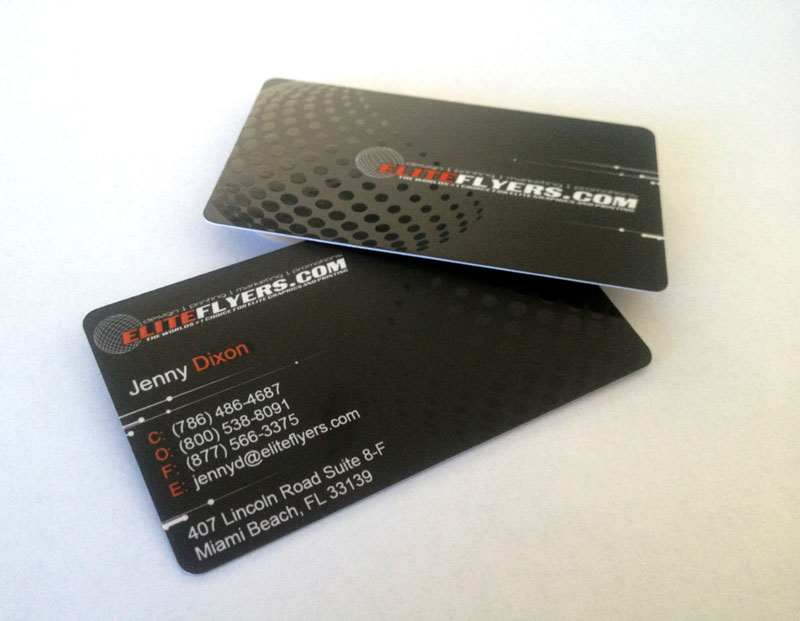On a project that has a selective varnish, the print-ready file usually needs to be prepared separately in one spot color, a bit like a dieline. Only the area where the varnish will be printed should appear in 1-color on that separate file. I usually do mines in Adobe InDesign or Illustrator, as vectors.
That's easy when there's only one spot or UV varnish, but I still often notice the varnish is not always perfectly aligned with the printed design under it; sometimes it looks like the spot varnish is bigger than the artwork. It seems to happen more often with the shinny UV coating. I'm hesitant in using these kind of process now, it doesn't always look very precise and I'm not sure why.
I have a project on which I need to use 2 spot varnish: one super glossy and the other one matte/non-glossy. The effect of the 2 combined together is very nice as it adds even more "contrast" to the glossy varnish. It has that satin finish but is way more subtle than a thick UV coating. I guess an aqueous varnish will be used for this.
It's hard to find a good example but it looks a bit like this:
How to prepare that kind of files for a postcard; do I need to add some trapping to the matte spot varnish and gloss varnish if the 2 touch each others? Which one should be "fatten"?
Also, to avoid that "misalignment", is there a limit in size for this, either recommended or as a standard in offset printing, or is it to expect every time?
I'm wondering if it needs any trapping since it already looks like it expands more than normal ink. I don't want to get that misaligned varnish effect as I often saw on business cards.

